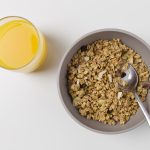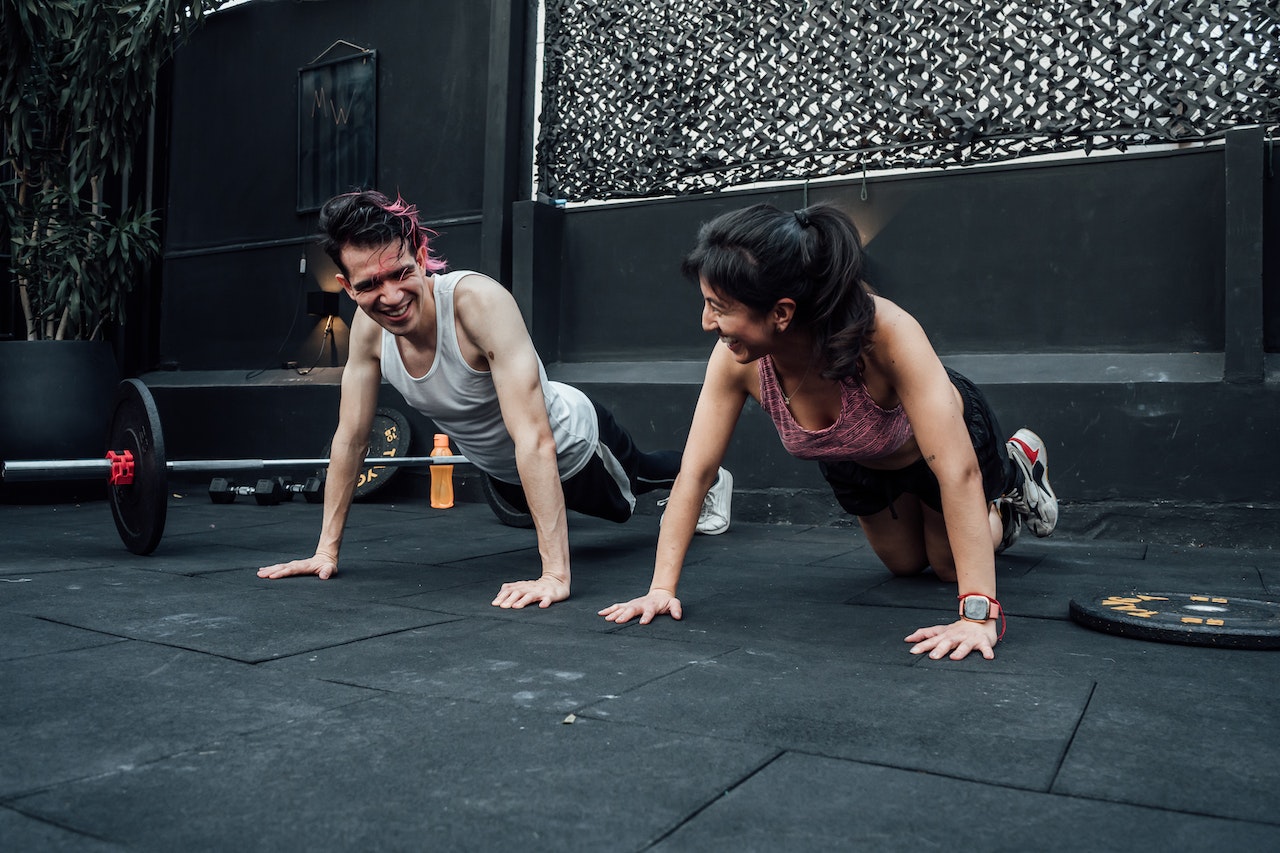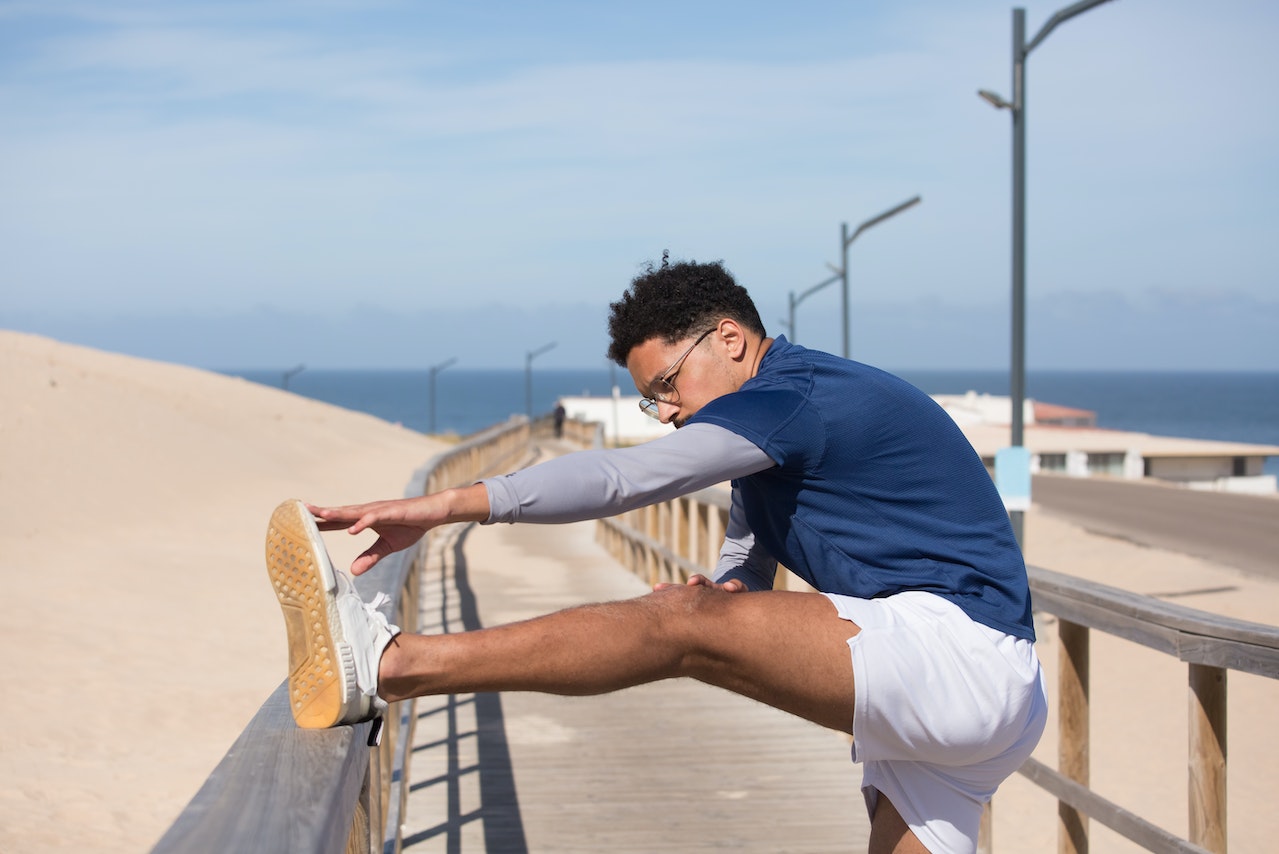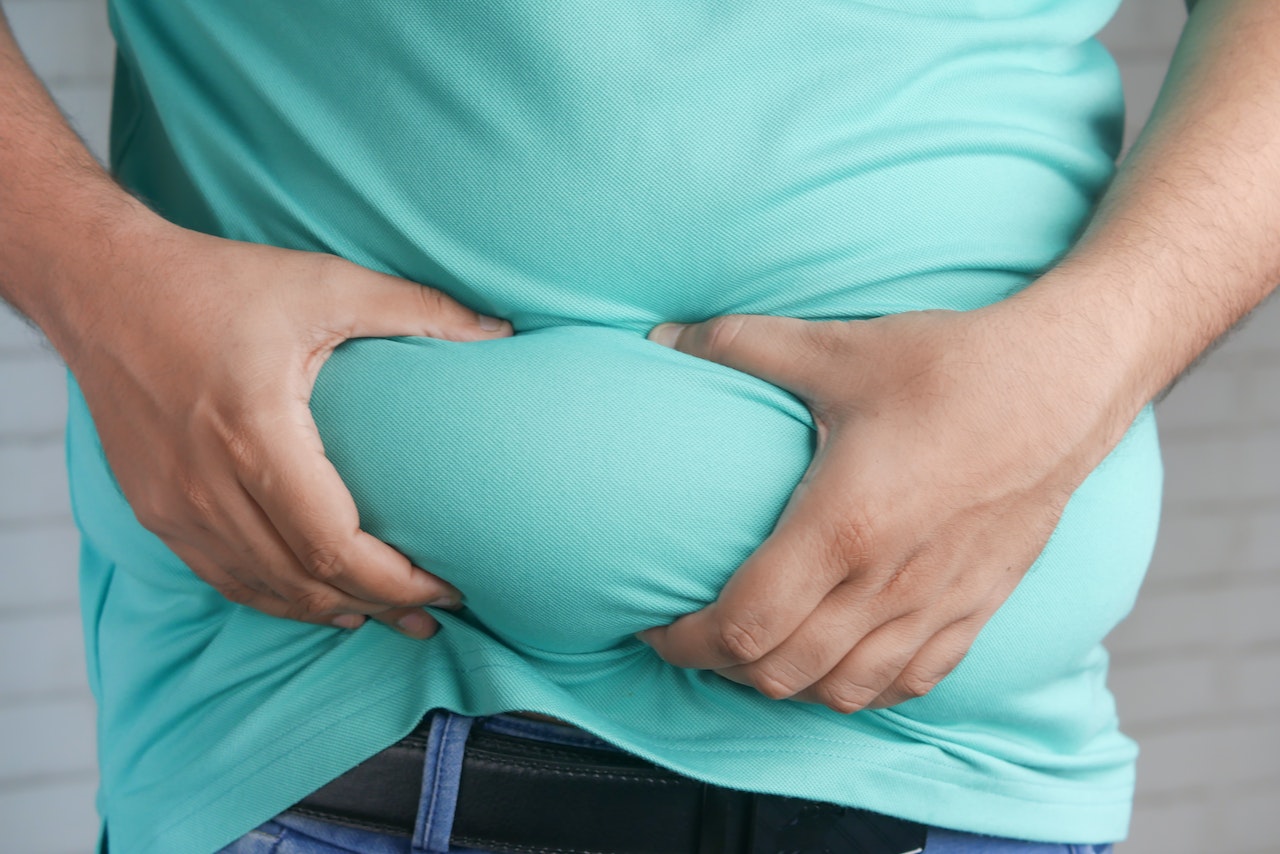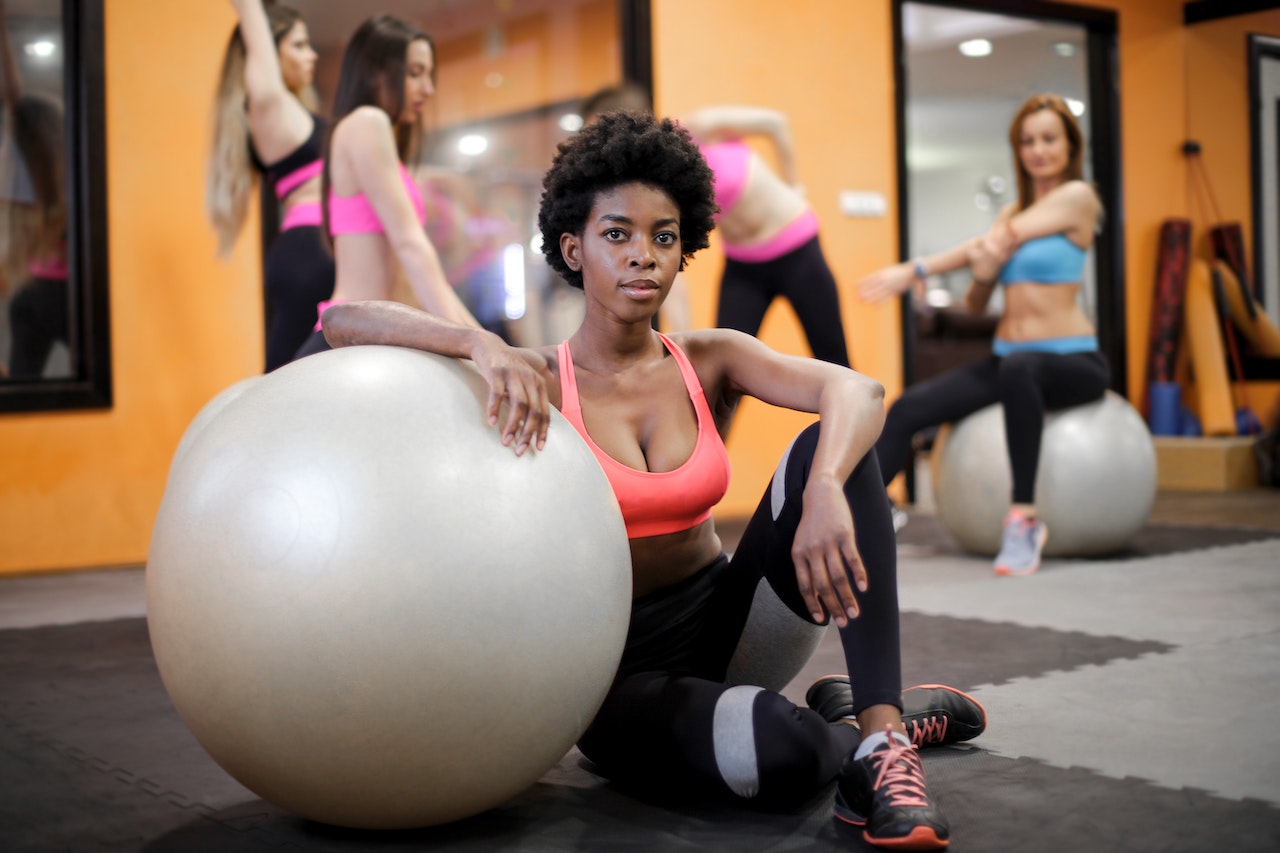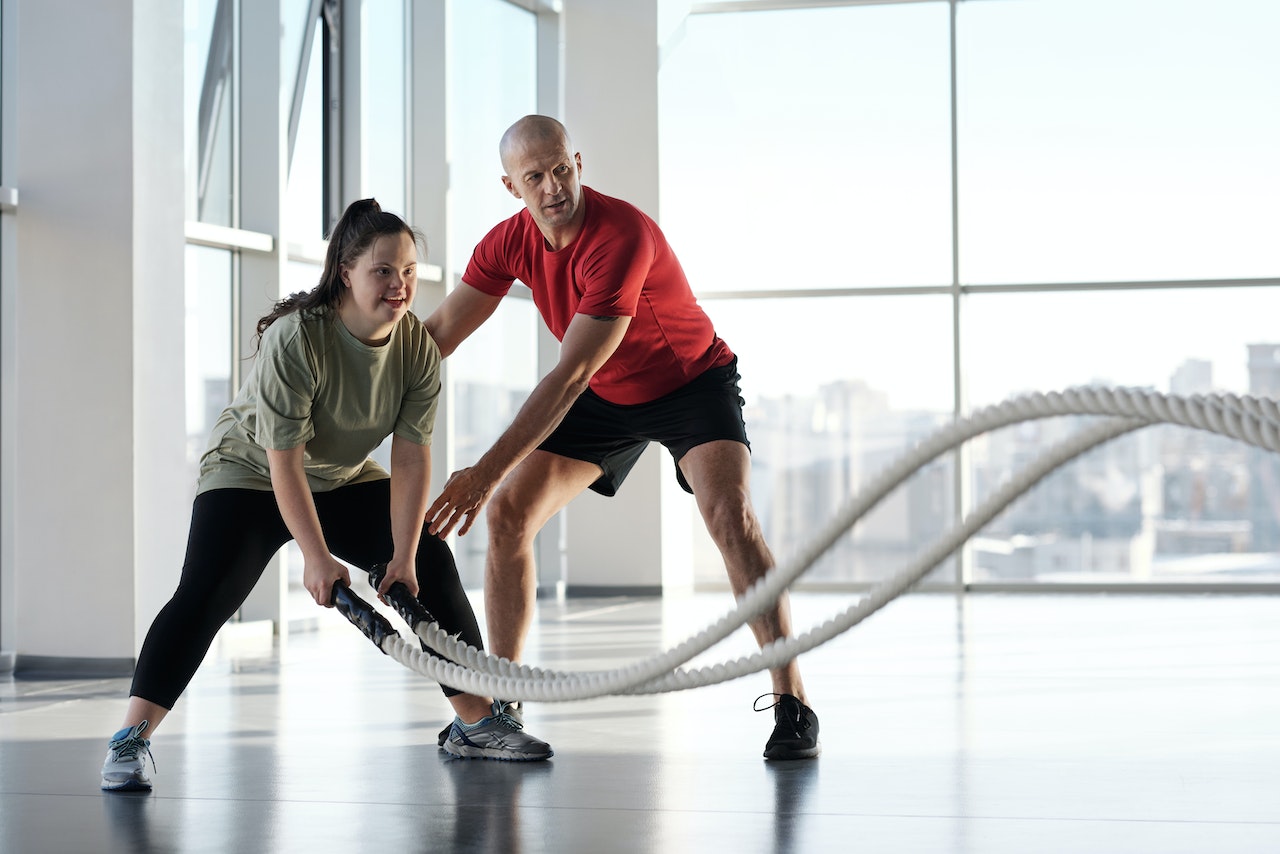Push-ups are a classic bodyweight exercise that has stood the test of time as one of the most effective and versatile strength-building movements. This seemingly simple exercise engages multiple muscle groups simultaneously, making it an excellent addition to any workout routine. In this article, we will explore the muscles that push-ups target, the proper form to maximize results, and the numerous benefits they offer for overall fitness and strength.
Muscles Targeted During Push-Ups
- Pectoral Muscles (Chest): The primary muscle group targeted during push-ups is the pectoral muscles, commonly known as the chest muscles. These muscles play a significant role in pushing movements and are responsible for bringing the arms towards the body’s center.
- Deltoids (Shoulders): The deltoid muscles, located in the shoulders, assist in stabilizing the arms during the push-up motion. They help control the movement and play a crucial role in shoulder mobility.
- Triceps Brachii (Triceps): The back of the upper arm is mainly worked during push-ups, as the triceps brachii muscles are responsible for extending the arms and straightening the elbows.
- Serratus Anterior (Serratus): The serratus anterior muscles, located on the sides of the chest, play a supportive role during push-ups. They help stabilize the shoulder blades and contribute to proper scapular movement.
- Rectus Abdominis (Abdominals): As the body maintains a plank-like position during push-ups, the core muscles, including the rectus abdominis (six-pack muscles), are engaged to stabilize the spine and maintain proper body alignment.
- Trapezius (Upper Back): The trapezius muscles, located in the upper back, assist in stabilizing the shoulders and preventing the shoulders from rounding during the movement.
- Rhomboids (Mid-Back): The rhomboid muscles, situated between the shoulder blades, play a role in retracting the scapulae and maintaining proper upper back posture during push-ups.
Proper Form and Technique
To fully engage the targeted muscle groups and avoid injury, it is essential to perform push-ups with proper form and technique:
- Start in a high plank position with hands shoulder-width apart and arms fully extended.
- Keep the body in a straight line from head to heels, engaging the core to avoid arching or sagging the lower back.
- Lower the body by bending the elbows, ensuring they remain at a 45-degree angle to the body.
- Lower the body until the chest nearly touches the ground, or you reach a comfortable depth.
- Push back up by extending the arms fully, maintaining a straight body position throughout the movement.
- Keep the neck neutral and the gaze fixed slightly ahead to maintain alignment.
Benefits of Push-Ups
- Full-Body Strengthening: Push-ups engage multiple muscle groups simultaneously, offering a comprehensive full-body workout that targets the chest, shoulders, triceps, core, and upper back.
- Minimal Equipment Required: One of the greatest advantages of push-ups is that they can be performed anywhere without the need for specialized equipment, making them a convenient exercise option.
- Improved Functional Strength: The functional nature of push-ups enhances everyday movements and activities, such as pushing heavy objects, lifting, and carrying.
- Increased Upper Body Definition: Consistent push-up training can lead to increased muscle definition and tone in the chest, shoulders, and arms.
- Core Stability and Posture: The plank position during push-ups helps develop core strength, contributing to better posture and reducing the risk of lower back pain.
Push-ups are a timeless and effective exercise that targets multiple muscle groups, making them an excellent addition to any workout routine. By mastering proper form and technique, individuals can reap the benefits of improved strength, enhanced upper body definition, and increased core stability. Whether performed as part of a bodyweight workout or integrated into a broader fitness regimen, push-ups provide a versatile and accessible way to achieve a strong and well-balanced physique.





